In a bid to tackle air pollution and cut greenhouse gas emissions, many cities across Europe are rolling out plans to encourage people to ditch fossil-fuelled cars and choose public transport, or switch to cycling or walking instead. People are demanding that their cities change for the better, and you can join them.
But which cities are leading the way? Is air quality improving? And what can cities learn from each other?
Today Greenpeace Germany has released a new report, together with the Wuppertal Institute, which sets out to answer these questions.
The full study ranks 13 of Europe’s largest cities on how they’re doing when it comes to tackling toxic air and switching to clean transport. Does your city rank in the top five?
-
Vienna
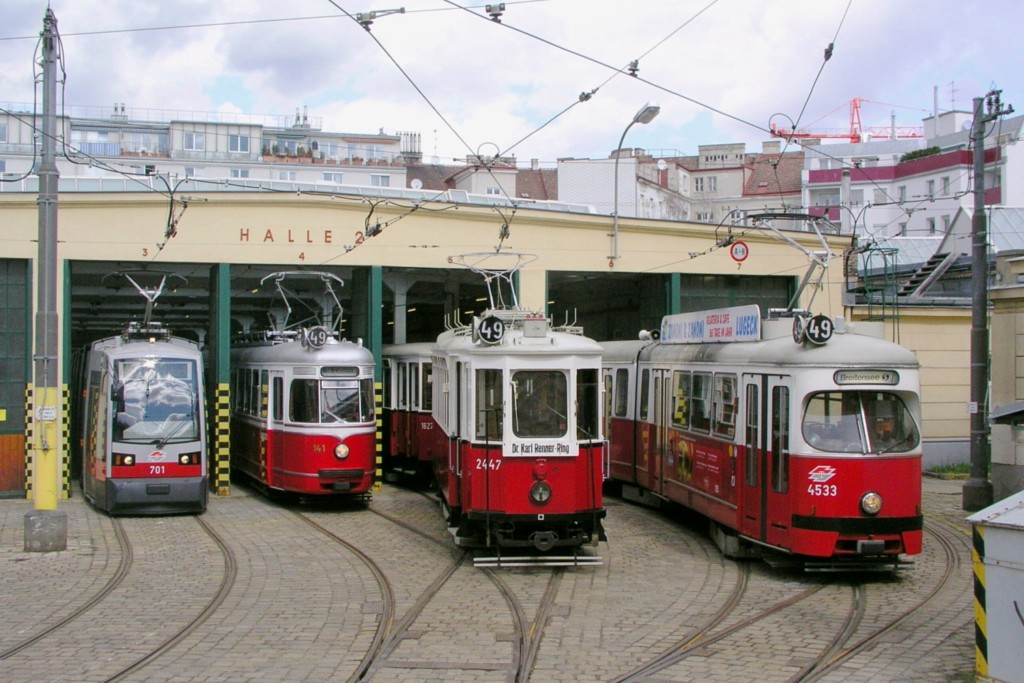
Vienna
Air quality: 2nd place (tied)
Public transport: 2nd place (tied)
Safety for cyclists and pedestrians: 6th place
Austria’s capital is often ranked as one the most liveable cities around the world and its affordable public transport network is one of the reasons why. An annual pass – one that allows for unlimited trips within most of the inner city – was recently dropped to €365 (which works out as just one euro per day for use of all public transport).
-
Zurich
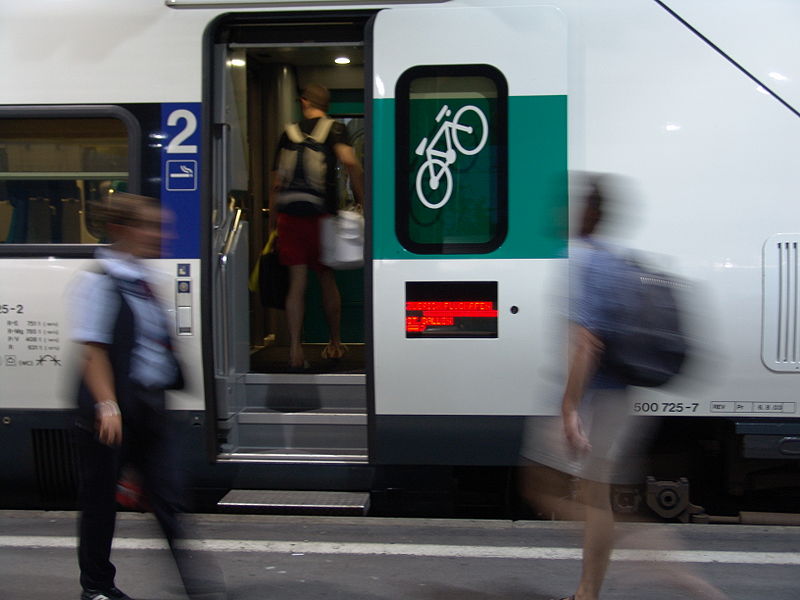
Zurich
Air quality: 2nd place (tied)
Public transport: 1st place
Safety for cyclists and pedestrians: 5th place
In Zurich, the largest city in Switzerland, more than 40% of journeys are taken via public transport, a high share that reflects just how much the city has done to invest in its network of trains, trams and buses. But with a relatively high number of accidents for cyclists and pedestrians, more needs to be done not just to get people walking or on their bikes, but to make it safe to do so too.
-
Oslo
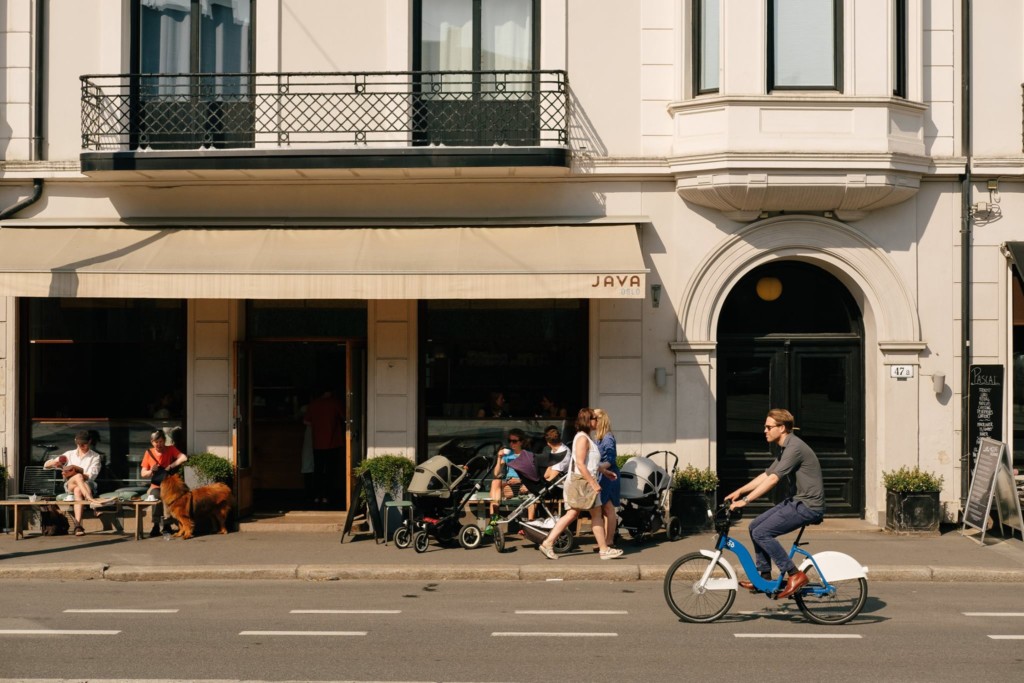
Oslo
Air quality: 1st place
Public transport: 10th place
Safety for cyclists and pedestrians: 1st place (tied)
Over just the last few years, Norway’s capital city has been taking steps to beef up its cycling infrastructure, transforming its streets so they are less car-focused. The city has started to roll out car free zones and is even turning car parks into bike lanes.
- Amsterdam
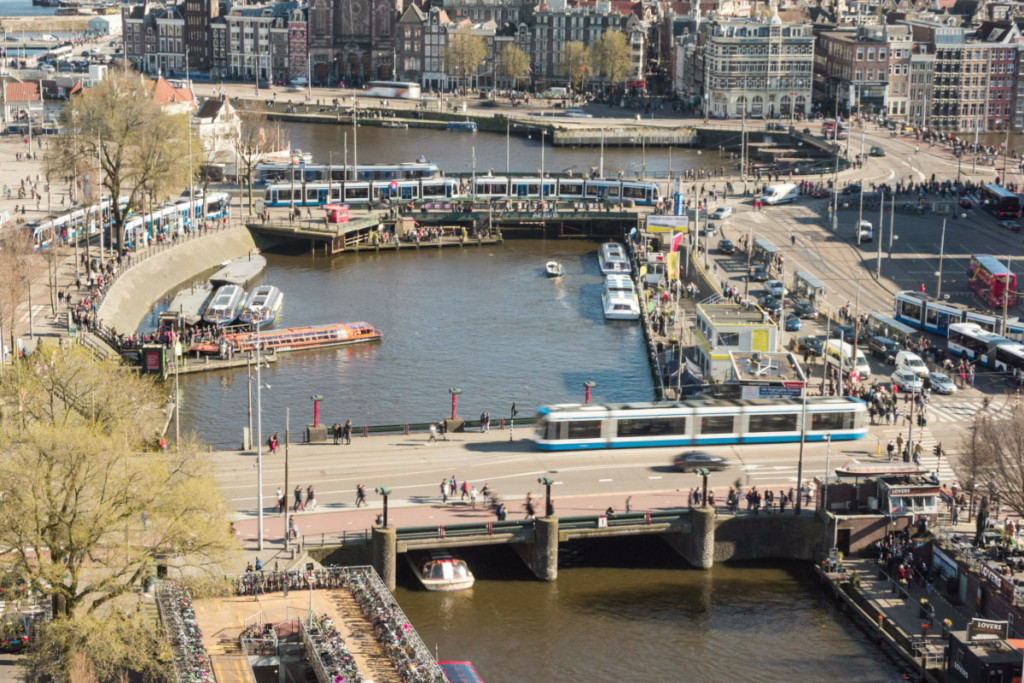
Amsterdam
Air quality: 6th place
Public transport: 13th place
Safety for cyclists and pedestrians: 1st place (tied)
With more bicycles than people, Amsterdam is often described as the cycling capital of the world. But did you know that before the 1970s, cars dominated the city? It was only after protests began, in response to a high number of fatalities from road traffic accidents, that the city was redesigned to favour cycling and walking. Though only 1 in 4 people own a car in Amsterdam, the city still has progress to make with lowering air pollution on streets with the heaviest traffic, many of which remain in breach of EU limits on polluted air.
-
Copenhagen
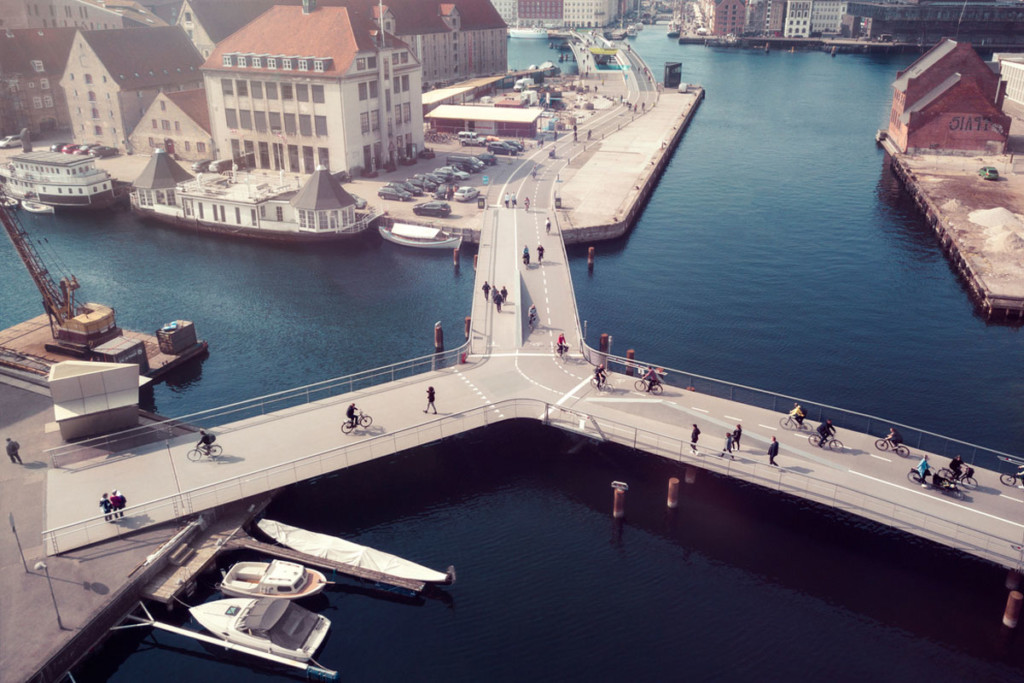
Copenhagen
Air quality: 2nd place (tied)
Public transport: 8th place
Safety for cyclists and pedestrians: 1st place (tied)
Our top city! Copenhagen has built spectacular bikes lanes which have proved to be hugely popular with the city’s residents. But although the city ranks well when it comes to encouraging people to walk too, Copenhagen certainly isn’t perfect. Its mid-range ranking on public transport means the city could still go further to encourage people to cut back on how much they use their cars, and switch trains and buses instead.
And the rest of Europe?
As we move further down the list, the results make for less cheery reading.
Many other cities are quite unsafe cities for cyclists, with a high number of deaths each year. Copenhagen and Amsterdam show that when there are safe, segregated and comfortable bicycling conditions then we see an increase in the number of people cycling. Several studies have shown that when motorists see more pedestrians and cyclists on the street, they automatically start driving more conscientiously. But when there are fewer people walking and cycling, drivers assume that the road is meant for motorised vehicles alone, creating a hostile space for cycling and walking
And though the top five listed above could certainly do more to cut air pollution, London, Paris, Berlin, Rome, Budapest, Madrid and Moscow are even further behind. Indeed air quality is so bad in several of these cities that the EU is taking some governments to court due to their inaction on tackling toxic air.
These court cases highlight how much more needs to be done to tackle the air pollution crisis. It’s our hope that the research here, highlighting what some cities are doing to switch to sustainable transport, can be used to inform city officials and decision makers in years to come.
Richard Casson is a Digital Campaigner for the air pollution campaign
